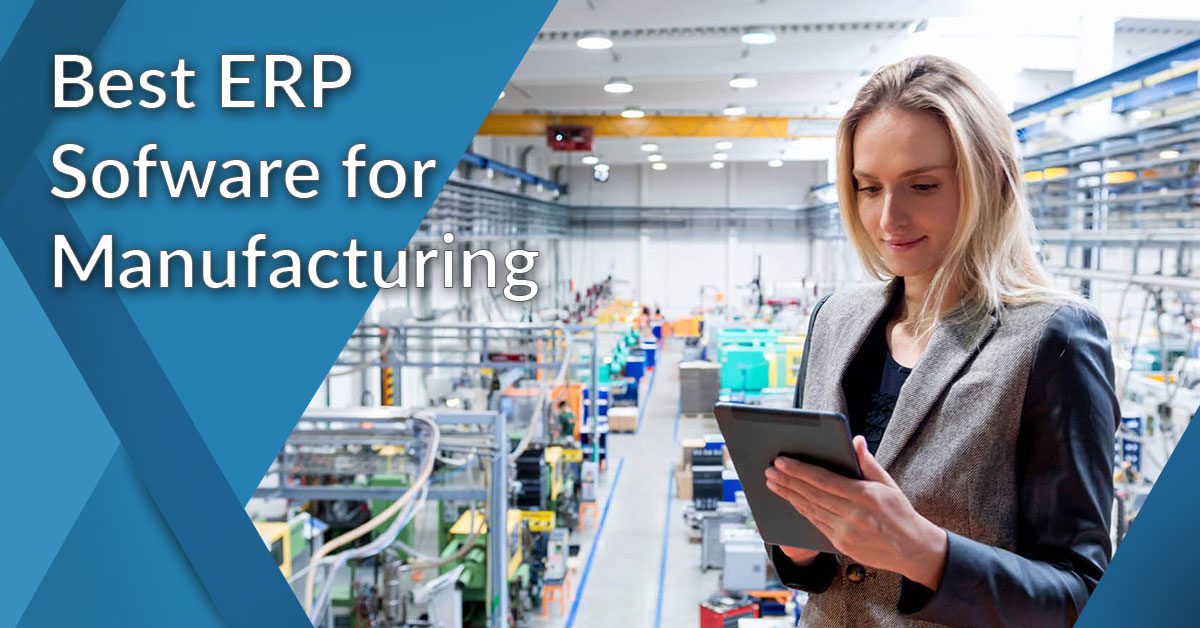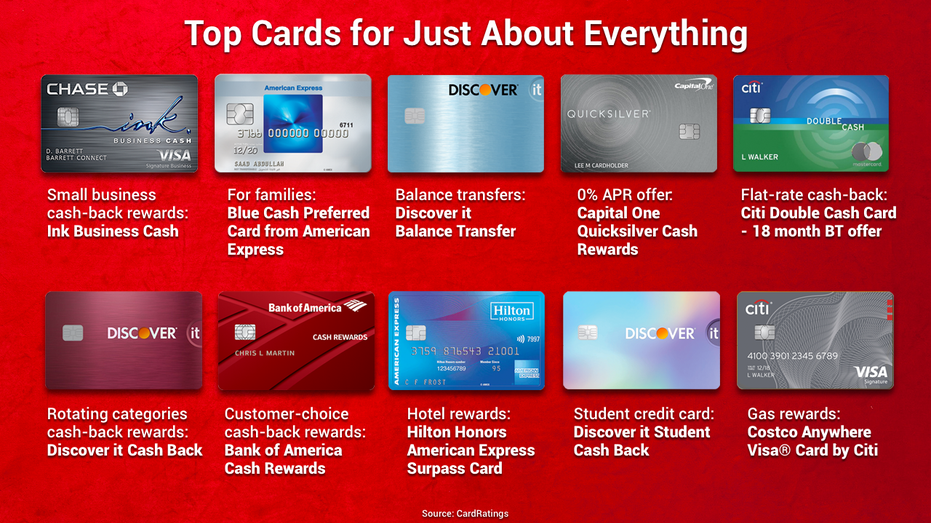The Benefits of ERP Software for Architects
The Benefits of ERP Software for Architects
Hey there, architects! Have you heard about the amazing benefits of using ERP software in your design firm? Not only can this powerful tool streamline your project management processes, but it can also help you stay organized, improve collaboration with your team, and ultimately boost your efficiency and profitability. Let’s dive into how ERP software can revolutionize the way you work and take your architectural projects to the next level.
Benefits of Implementing ERP Software for Architects
Implementing ERP software for architects can bring a wide range of benefits to the table. One of the most significant advantages is enhanced project management capabilities. ERP software allows architects to efficiently manage various aspects of their projects, from initial design to final completion. With features such as project planning, resource allocation, and budget tracking, architects can streamline their workflow and ensure that projects are completed on time and within budget. This improved project management can lead to increased efficiency, reduced errors, and ultimately, higher client satisfaction.
Another key benefit of ERP software for architects is improved collaboration among team members. By centralizing project information and providing real-time updates, ERP software enables architects to collaborate more effectively with colleagues, clients, and other stakeholders. Team members can easily access project data, communicate with each other, and make informed decisions based on accurate information. This enhanced collaboration can lead to better project outcomes, increased productivity, and stronger relationships with clients.
Furthermore, ERP software can help architects streamline their financial processes. With features such as invoicing, billing, and expense tracking, architects can easily manage their finances and ensure that they are staying within budget. By automating these financial tasks, architects can save time and reduce the risk of errors. Additionally, ERP software can provide valuable insights into project profitability, resource utilization, and overall financial performance, helping architects make informed decisions and improve their bottom line.
In addition to project management, collaboration, and financial benefits, ERP software can also enhance reporting and analytics for architects. By capturing and analyzing project data, architects can gain valuable insights into their performance, identify trends, and make data-driven decisions. With customizable reporting dashboards and real-time analytics, architects can track key performance indicators, monitor project progress, and identify areas for improvement. This enhanced reporting and analytics capability can help architects optimize their processes, increase efficiency, and drive business growth.
Overall, implementing ERP software for architects can revolutionize the way they work, bringing a wide range of benefits that can positively impact their projects, team collaboration, financial management, and overall performance. By utilizing the advanced features and functionalities of ERP software, architects can optimize their workflow, streamline their processes, and ultimately, achieve greater success in their projects.
Features to Look for in ERP Software for Architects
When it comes to choosing the right ERP software for architects, there are several key features that you should look for to ensure that the software meets your specific needs and requirements.
One important feature to consider is project management capabilities. As an architect, you need to be able to track the progress of various projects, manage schedules, and allocate resources efficiently. Look for an ERP software that offers robust project management tools, such as Gantt charts, task assignments, and budget tracking. This will help you stay organized and on track with all of your projects.
Another crucial feature to look for is collaboration tools. Architects often work in teams, and it is essential to have a software solution that allows for seamless collaboration between team members. Look for ERP software that offers features such as file sharing, real-time communication, and project dashboards that can be accessed by all team members. This will help improve communication and efficiency within your team.
Integration with other software applications is also an important feature to consider when choosing ERP software for architects. You may already be using other tools such as CAD software, accounting software, or CRM systems, and it is essential that your ERP software can seamlessly integrate with these applications. This will help streamline your workflow and eliminate the need for manual data entry or duplicate data entry.
Customization capabilities are another feature that you should look for in ERP software for architects. Every architecture firm is unique, and you may have specific workflows, reporting requirements, or data fields that are unique to your business. Look for ERP software that offers customization options, such as the ability to create custom reports, dashboards, and data fields. This will allow you to tailor the software to meet your specific needs and preferences.
Lastly, ease of use is an important feature to look for in ERP software for architects. You and your team will be using the software on a daily basis, so it is essential that it is intuitive and user-friendly. Look for ERP software that has a clean and modern interface, easy navigation, and responsive customer support. This will help ensure that you can quickly learn how to use the software and maximize its benefits for your architecture firm.
In conclusion, when choosing ERP software for architects, it is essential to consider features such as project management capabilities, collaboration tools, integration with other applications, customization options, and ease of use. By selecting ERP software that offers these key features, you can help streamline your workflow, improve communication and efficiency within your team, and ultimately, drive success for your architecture firm.
How ERP Software Enhances Project Management for Architects
ERP software plays a crucial role in streamlining project management processes for architects. One key way ERP software enhances project management for architects is by providing a central platform where all project-related information can be stored and accessed. This eliminates the need for architects to dig through multiple folders and systems to find the information they need, saving time and increasing efficiency.
Another way ERP software enhances project management for architects is by enabling real-time collaboration among team members. With ERP software, architects can easily share project updates, documents, and schedules with their team members, ensuring everyone is on the same page and working towards the same goals. This real-time collaboration can help prevent miscommunications and delays, leading to smoother project execution.
Additionally, ERP software offers powerful project tracking and monitoring capabilities that can help architects stay on top of project deadlines and budgets. By providing real-time insights into project progress, ERP software allows architects to identify potential issues early on and make necessary adjustments to keep the project on track. This proactive approach to project management can help architects deliver projects on time and within budget, ultimately leading to higher client satisfaction.
Furthermore, ERP software can automate repetitive tasks and processes, freeing up architects’ time to focus on more strategic tasks. By automating tasks such as invoicing, resource allocation, and report generation, ERP software can help architects streamline their workflows and increase overall productivity. This automation not only saves time but also reduces the likelihood of errors, ensuring that projects are completed efficiently and accurately.
Overall, ERP software enhances project management for architects by centralizing project information, enabling real-time collaboration, offering powerful tracking and monitoring capabilities, and automating repetitive tasks. By leveraging the capabilities of ERP software, architects can improve project efficiency, boost team collaboration, and deliver projects on time and within budget, ultimately leading to greater success in their projects.
Integration of ERP Software with Architectural Design Tools
ERP software for architects plays a crucial role in streamlining business processes and enhancing project management. One of the key benefits of utilizing ERP software is its integration with architectural design tools. This integration allows architects to seamlessly transfer data between different systems, resulting in improved efficiency and accuracy in design and project execution.
ERP software can be integrated with popular architectural design tools such as AutoCAD, Revit, and Rhino, among others. This integration enables architects to access project data, drawings, and specifications directly from the ERP system, eliminating the need for manual data entry and reducing the risk of errors.
By integrating ERP software with architectural design tools, architects can create a seamless workflow from design conceptualization to project completion. This integration allows for real-time collaboration between architects, project managers, and other stakeholders, ensuring that all parties are working with the most up-to-date information.
Furthermore, the integration of ERP software with architectural design tools enables architects to track project costs, budgets, and schedules more effectively. By having access to financial data and project timelines within the design tools, architects can make informed decisions and adjustments to ensure that projects are delivered on time and within budget.
Overall, the integration of ERP software with architectural design tools provides architects with a comprehensive solution for managing projects efficiently and effectively. By streamlining processes, reducing manual data entry, and facilitating real-time collaboration, architects can focus on what they do best – designing innovative and sustainable buildings for the future.
Cost Analysis of ERP Software for Architects
When considering implementing ERP software for architects, it is crucial to conduct a thorough cost analysis to determine the financial implications of such a decision. The cost of ERP software can vary greatly depending on factors such as the size of the firm, the specific features required, and the level of customization needed. Here are some key components to consider when analyzing the costs associated with ERP software for architects:
1. License fees: One of the most significant costs associated with ERP software is the license fee. This fee typically includes the cost of using the software, as well as any updates or support services provided by the vendor. The license fee can be a one-time payment or an ongoing subscription, depending on the vendor’s pricing model.
2. Implementation costs: In addition to the license fee, architects must also consider the costs associated with implementing the ERP software. These costs can include training employees, migrating data from existing systems, and customizing the software to meet the firm’s specific needs. It is essential to budget for these implementation costs to avoid any unexpected expenses that may arise during the process.
3. Integration costs: Another consideration when analyzing the costs of ERP software for architects is the integration with other systems or software used by the firm. If the ERP software needs to be integrated with existing project management or accounting software, there may be additional costs associated with this process. It is essential to discuss integration requirements with the vendor upfront to get a clear understanding of any potential costs.
4. Maintenance and support costs: Once the ERP software is implemented, architects must budget for ongoing maintenance and support costs. This can include fees for software updates, technical support, and troubleshooting services provided by the vendor. It is essential to factor in these recurring costs when analyzing the overall cost of implementing ERP software for architects.
5. Return on Investment (ROI): While it is important to consider the upfront costs associated with implementing ERP software, architects must also evaluate the potential return on investment (ROI) that the software can provide. By streamlining processes, improving project management, and increasing efficiency, ERP software can help architects save time and resources in the long run. It is essential to calculate the potential ROI of implementing ERP software to determine if the benefits outweigh the costs.
In conclusion, conducting a cost analysis of ERP software for architects is essential to make an informed decision about implementing such a system. By considering factors such as license fees, implementation costs, integration costs, and maintenance and support costs, architects can get a clear picture of the financial implications of implementing ERP software. Additionally, evaluating the potential ROI of the software can help architects determine if the benefits justify the costs and make a wise investment decision.






